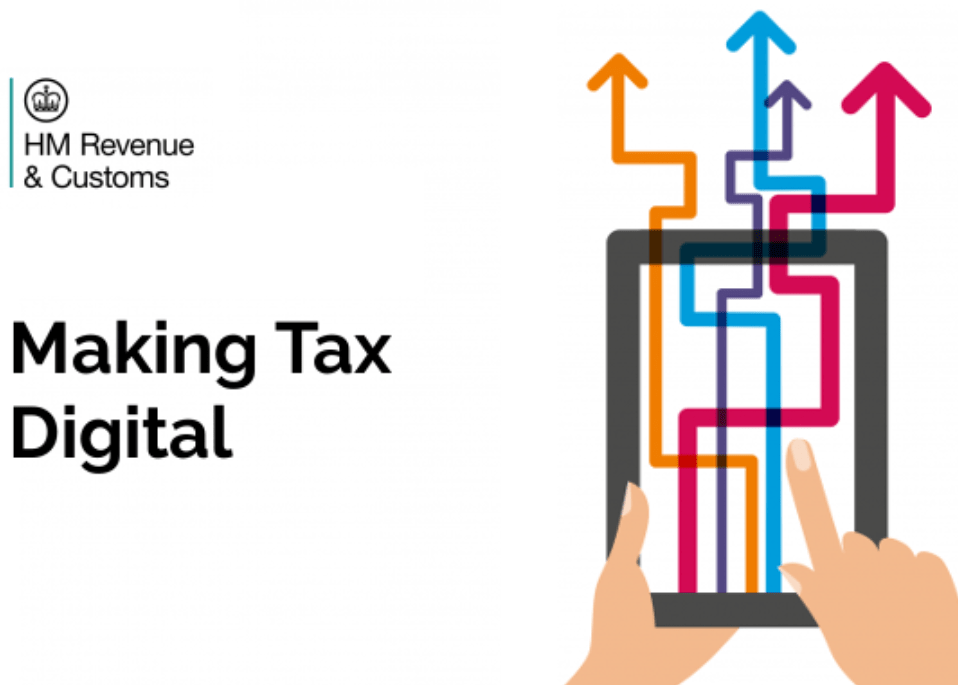SMEs and the Future of UK Tax: Exploring the Digitalisation of Tax Reporting
The United Kingdom has been making significant strides towards digitalisation in various sectors, and tax reporting is no exception. The government's ongoing initiative, Making Tax Digital (MTD), has been transforming the way businesses, including small and medium-sized enterprises (SMEs), manage their tax affairs.
In this blog post, we will delve into the world of digital tax reporting, exploring the impact of MTD on SMEs and discussing the benefits and challenges that come with embracing this change.
Making Tax Digital: An Overview
Making Tax Digital is a government initiative aimed at modernising the UK tax system by shifting towards a fully digital tax administration. Launched in April 2019, MTD initially targeted VAT-registered businesses with a taxable turnover above the VAT threshold (£85,000). Since then, the scope is gradually expanding to include other taxes and businesses of different sizes. MTD for VAT has been extended to all VAT-registered businesses from April 2022.
MTD requires businesses to maintain digital records and submit tax returns using compatible software. The primary objectives of the initiative are to reduce the administrative burden on businesses, minimise errors in tax reporting, and improve overall tax compliance.
The Impact of MTD on SMEs
With the expansion of MTD, more SMEs are now required to adapt to the digital tax reporting system. While the transition to MTD might seem daunting for some businesses, it is essential to understand its long-term benefits.
Here are some key impacts of MTD on SMEs:
Enhanced Accuracy and Efficiency: MTD-compatible software helps businesses maintain accurate records, eliminating the risk of manual errors in tax reporting. This can save businesses time and resources while ensuring compliance with tax regulations.
Improved Cash Flow Management: Digital tax reporting allows businesses to monitor their tax liabilities in real-time, providing a clearer picture of their financial standing. This can facilitate better cash flow management and informed decision-making.
Streamlined Processes: MTD promotes the use of cloud-based accounting software, which can simplify and streamline tax processes. This can result in reduced administrative burdens and increased efficiency.
Greater Visibility and Collaboration: With digital tax reporting, SMEs can easily share financial data with their accountants or bookkeepers. This can lead to better collaboration, helping businesses make more informed decisions about their tax planning and overall financial strategy.
Challenges and Solutions for SMEs
While MTD offers numerous benefits, SMEs may also face challenges in adapting to the digital tax reporting system.
Some common challenges and their solutions are:
Cost of Implementation: Investing in MTD-compatible software can be a significant cost for SMEs. To mitigate this challenge, businesses can explore various software options to find one that suits their budget and requirements. The government also offers a list of free or low-cost software solutions for businesses with straightforward tax affairs.
Lack of Digital Skills: SMEs with limited experience in using digital tools may find the transition to MTD challenging. To overcome this barrier, businesses can invest in training and support for their staff or seek assistance from professional advisors familiar with MTD.
Data Security Concerns: As digital tax reporting involves the storage and sharing of sensitive financial data, data security is a crucial concern for SMEs. To address this issue, businesses should choose MTD-compatible software with robust security features and implement strong data protection practices.
The Road Ahead
As the digitalisation of tax reporting progresses, the UK government plans to expand the scope of MTD in the coming years. This will continue to impact SMEs and other businesses as they adapt to these changes. Here are some key developments to expect in the near future:
MTD for Income Tax Self-Assessment (ITSA): Although this has suffered the inevitable delays of any large government project, it is still progressing and from April 2026, MTD for ITSA will become mandatory for self-employed businesses and landlords with annual business or property income above £50,000. This expansion will require these taxpayers to maintain digital records and submit quarterly updates to HMRC using MTD-compatible software. From April 2027 it will also include businesses and landlords with income between £30,000 and £50,000. Making Tax Digital for Income Tax will apply to partnerships at some point still to be decided.
MTD for Corporation Tax: The government is also considering the introduction of MTD for Corporation Tax, which would affect incorporated businesses. Although a definitive timeline has not yet been announced, businesses should start preparing for this change by familiarising themselves with the requirements and exploring MTD-compatible software options.
Enhanced Digital Services: As MTD continues to evolve, we can expect the development and introduction of new digital services aimed at making tax compliance more straightforward and efficient for businesses. These advancements may include better integration between accounting software and HMRC systems, real-time tax data sharing, and more sophisticated reporting tools.
Nothing on this page is intended to be or should be construed or taken as accountancy, investment, tax or any other kind of advice. We recommend individuals and companies seek professional advice on their circumstances and matters.

